PsychNewsDaily Publishers
100 Summit Drive
Burlington, MA, 01803
Telephone: (320) 349-2484
PsychNewsDaily Publishers
100 Summit Drive
Burlington, MA, 01803
Telephone: (320) 349-2484
Penicillin, discovered by Alexander Fleming in 1928, revolutionized medicine as the first antibiotic, saving millions from deadly infections through an accidental observation of mold.
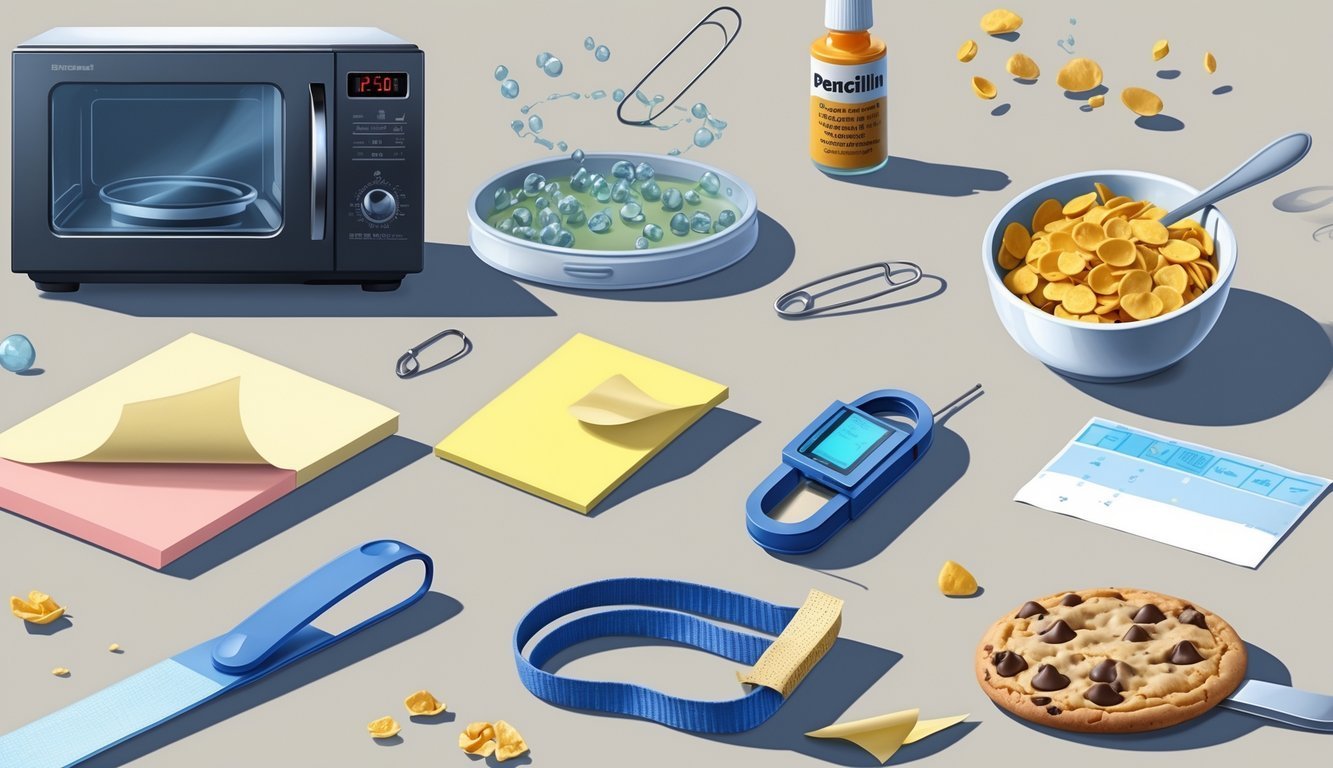
Ever stopped to think about how some of the things you use every day actually came to exist? It turns out, a lot of the stuff you rely on wasn’t planned at all. People stumbled onto them by chance, often while chasing something completely different.
Funny how these accidental inventions make life easier, safer, and just… more convenient, right? Sometimes, it feels like the best ideas come out of nowhere—mistakes that end up changing everything.
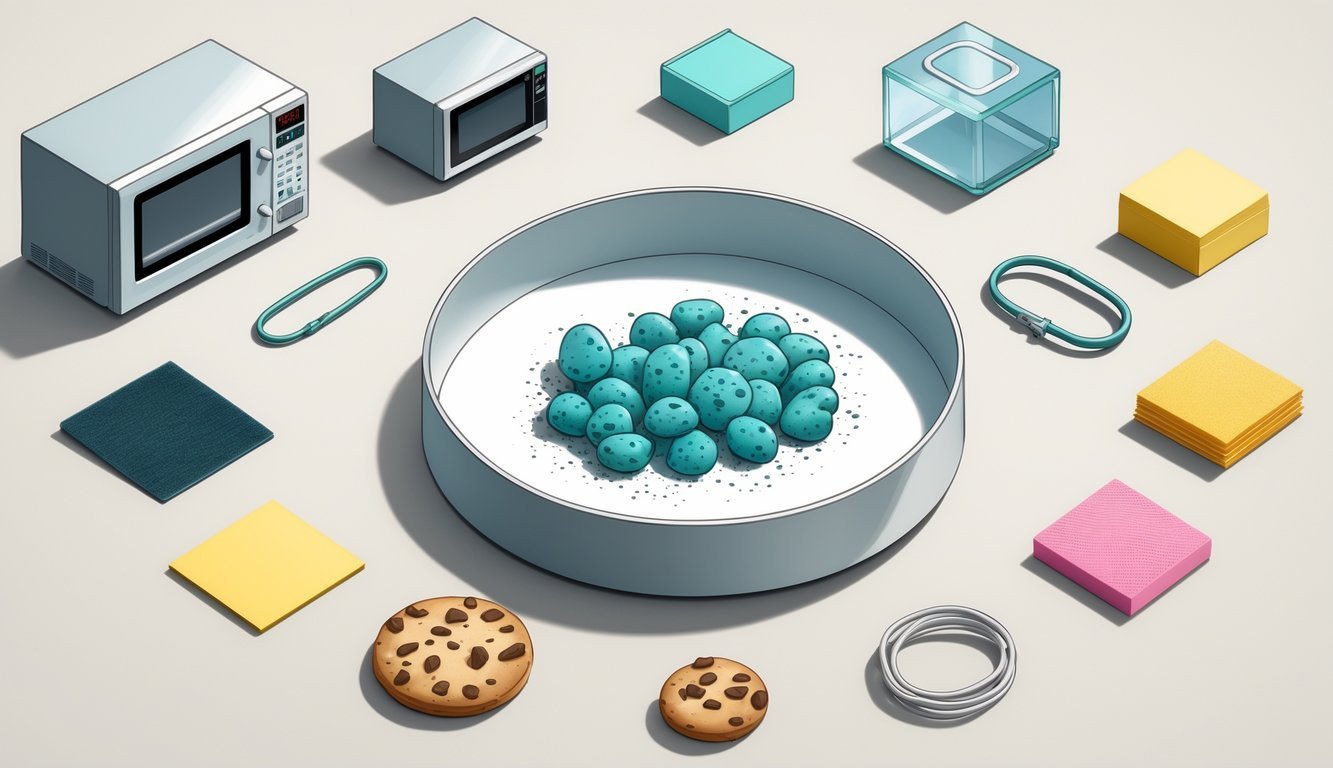
Imagine just leaving your work out, coming back, and finding a miracle. That’s basically what happened with penicillin. In 1928, Alexander Fleming left his bacteria samples out while he went on holiday.
When he returned, he noticed mold growing on them, but weirdly, the bacteria around the mold had died off.
He realized this mold was producing something powerful—it killed bacteria! This became penicillin, the first real antibiotic. Fleming’s lucky discovery made it possible to treat infections that used to be deadly.
It’s kind of wild to think a forgotten petri dish ended up saving millions of lives.

You probably use your microwave all the time, but its origin story is pretty wild. In 1945, Percy Spencer worked with radar equipment and noticed the chocolate bar in his pocket melted.
That got him thinking—what else could this do? He tried popping popcorn with the same tech, and bam, it worked.
That little accident sparked the invention of the microwave oven. Now, microwaves are in almost every home, making quick meals possible for anyone with a busy schedule.

Believe it or not, potato chips weren’t part of anyone’s grand plan. Back in 1853, chef George Crum tried to satisfy a customer who kept complaining the fried potatoes were too thick and soggy.
So Crum sliced the potatoes super thin and fried them until they were super crunchy. The customer loved them, and just like that, potato chips were born.
Now, you can’t walk down a snack aisle without seeing a hundred different flavors. Next time you crunch into a chip, remember it all started with a chef trying to prove a point.
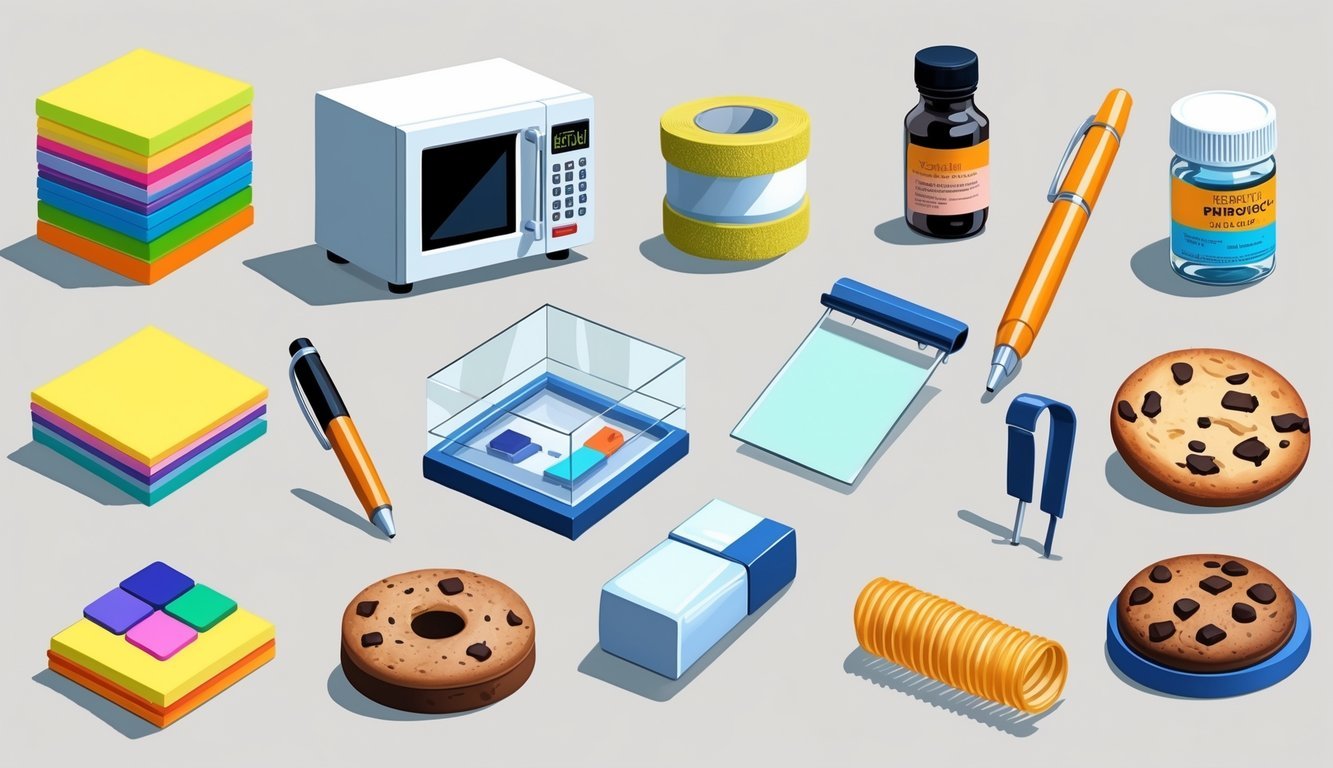
Post-it Notes are everywhere, but their story is totally unexpected. In 1968, Dr. Spencer Silver wanted to make a super-strong glue for 3M.
Instead, he ended up with a weak, sticky glue that peeled off easily without leaving a mess.
At first, no one knew what to do with it. Then, someone realized it was actually perfect for little notes you could stick and move around.
By 1980, Post-it Notes hit the shelves. Now, people use them everywhere—at work, at home, you name it. It’s funny how a “failed” glue became such a must-have.
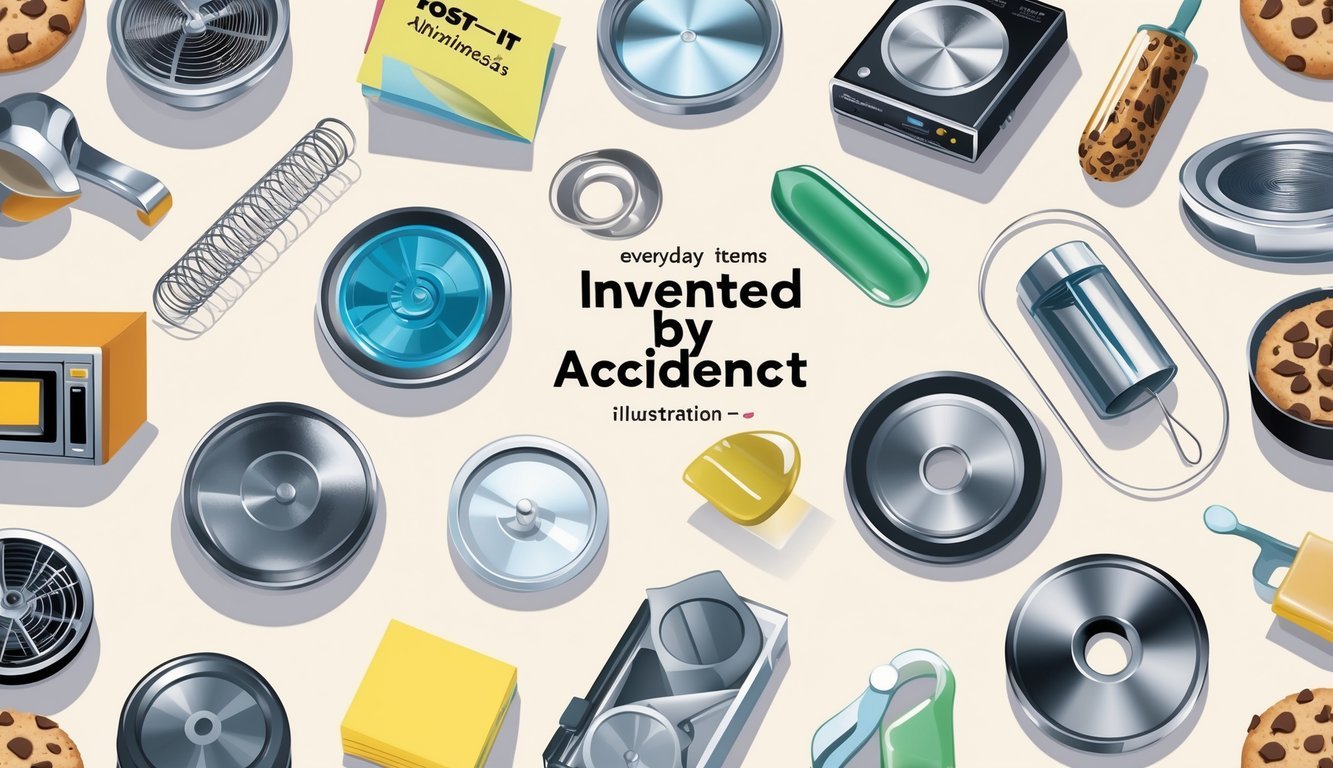
Most people think the Slinky was always meant to be a toy, but nope! In 1943, naval engineer Richard James tried to fix ship equipment when a spring fell and started “walking” in a weird, mesmerizing way.
That movement caught his attention, and he realized kids might love it as a toy.
Now, the Slinky walks down stairs and keeps people entertained for hours. Who knew a dropped spring could turn into such a classic toy?

Chocolate chip cookies? Total accident. In the 1930s, Ruth Wakefield ran out of baker’s chocolate while making cookies for her inn guests.
She chopped up a chocolate bar and tossed the pieces into the dough, hoping they’d melt.
Instead, the chocolate stayed in little pockets, and the result was delicious. People went nuts for them. Now, you find chocolate chip cookies pretty much everywhere, and honestly, who can resist them?
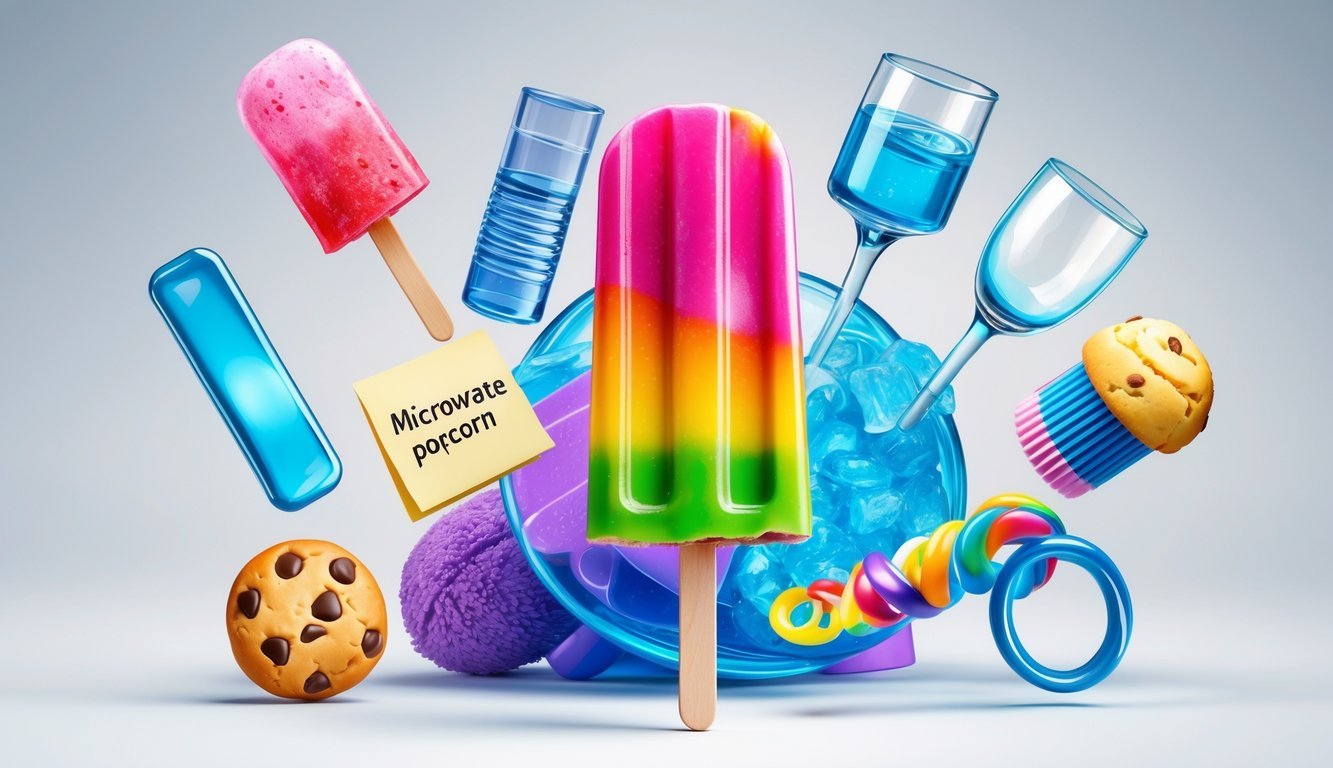
Popsicles? All thanks to an 11-year-old’s forgetfulness. In 1905, Frank Epperson left a cup of soda mixed with water outside overnight.
The drink froze around the stirring stick, and when he found it the next morning, he realized he’d made a frozen treat you could hold.
That small accident led to a summer staple. Now, popsicles come in every flavor and color you can imagine—all because a kid left his drink out in the cold.
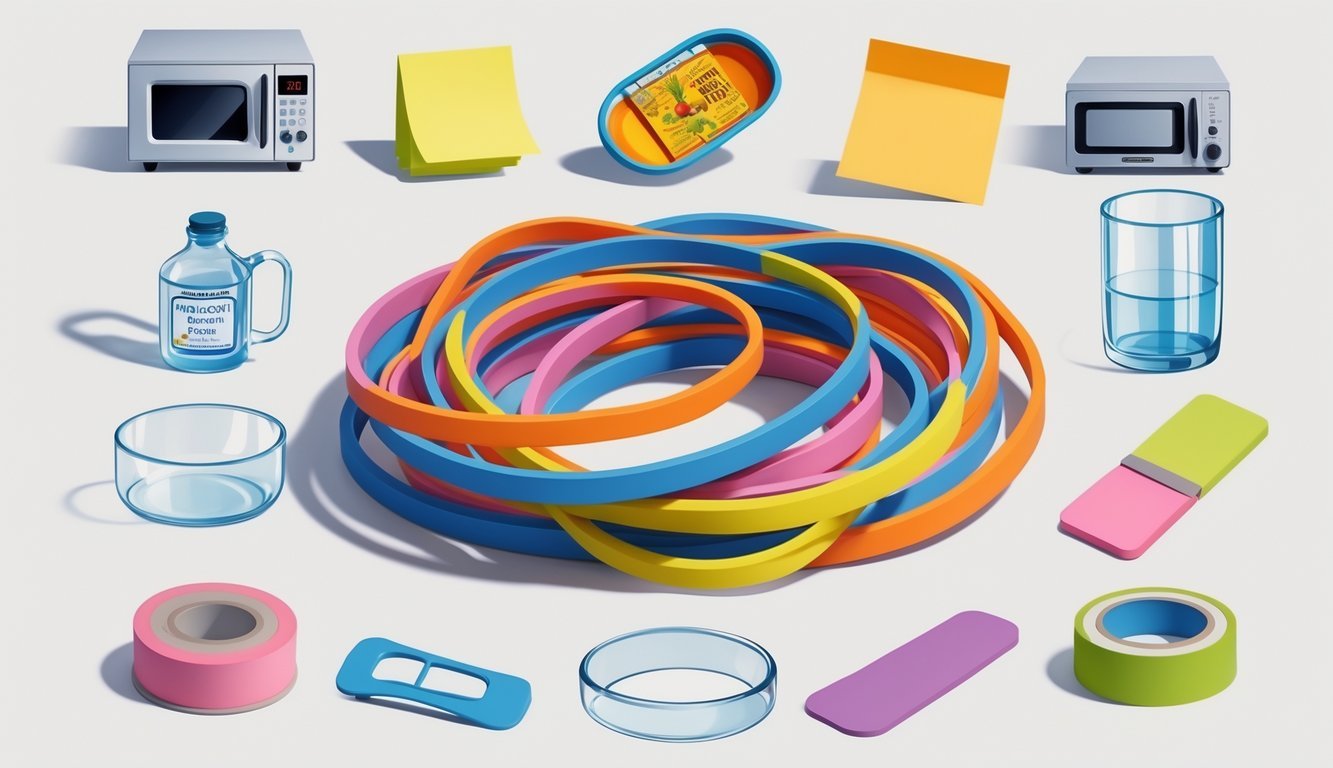
Rubber bands keep your stuff together, but their history is a little quirky. Charles Goodyear invented vulcanized rubber in 1839, making rubber tough and stretchy.
Then, in 1845, Stephen Perry took vulcanized rubber and looped it to make the first rubber band.
Now, you use them for all sorts of things—bundling, organizing, whatever. It’s kind of cool how a chemistry experiment turned into something so useful.

Velcro’s story starts with a walk in the woods. Swiss engineer George de Mestral noticed burrs sticking to his dog’s fur.
He took a closer look under a microscope and saw tiny hooks grabbing onto loops in the fabric.
That gave him the idea for Velcro—a hook-and-loop fastener. Now you find it everywhere, from shoes to jackets to NASA spacesuits. All from a hike and some stubborn burrs.
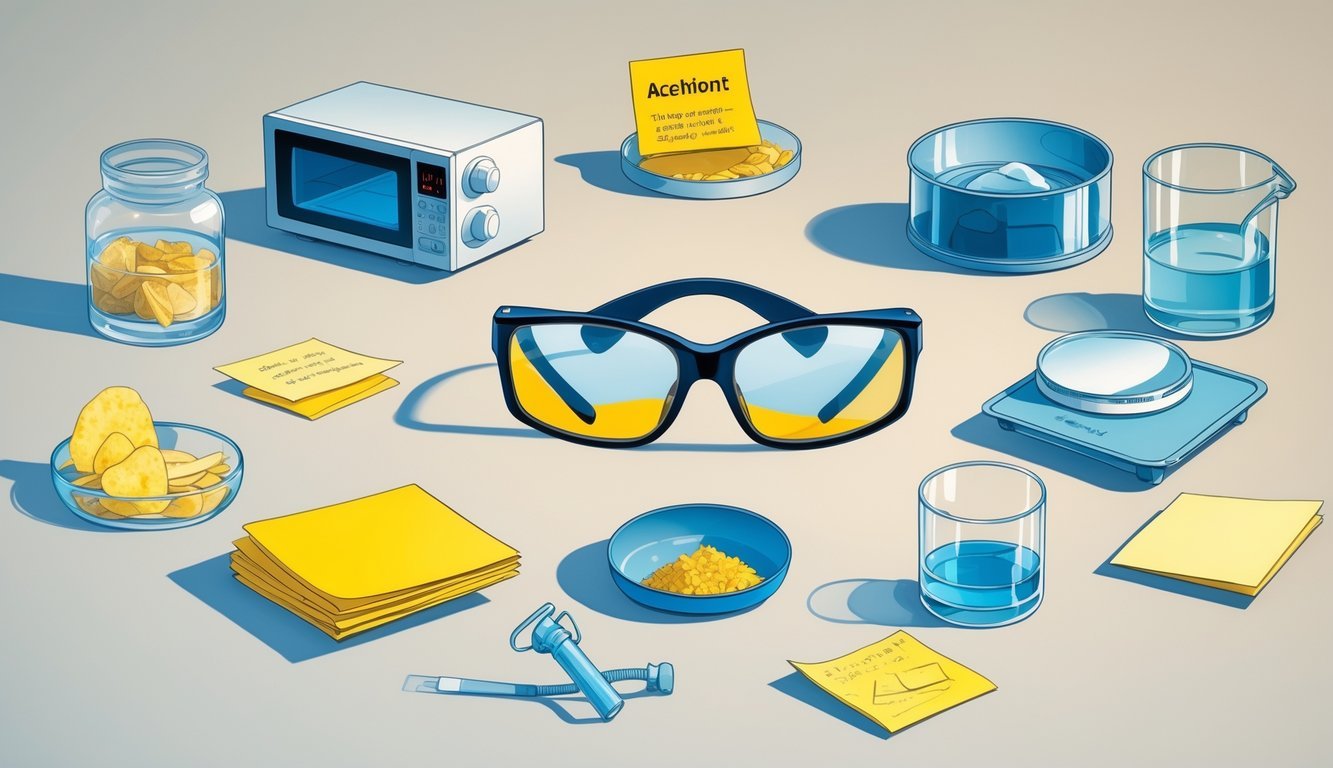
Safety glass exists because of a simple accident. In 1903, French chemist Édouard Bénédictus dropped a glass flask coated with plastic.
Instead of shattering, the glass cracked but didn’t fall apart.
That moment inspired him to make safety glass, which now protects you in cars and buildings. One dropped flask, and suddenly glass is way safer for everyone.

X-rays? Total fluke. Wilhelm Röntgen messed around with cathode rays when he noticed a weird glow.
That glow revealed the bones inside a hand—something nobody had ever seen.
Suddenly, doctors could look inside the body without surgery. X-rays changed medicine, and now they’re used every day to find broken bones and illnesses.
It’s kind of mind-blowing how one weird lab moment turned into a life-saving technology.
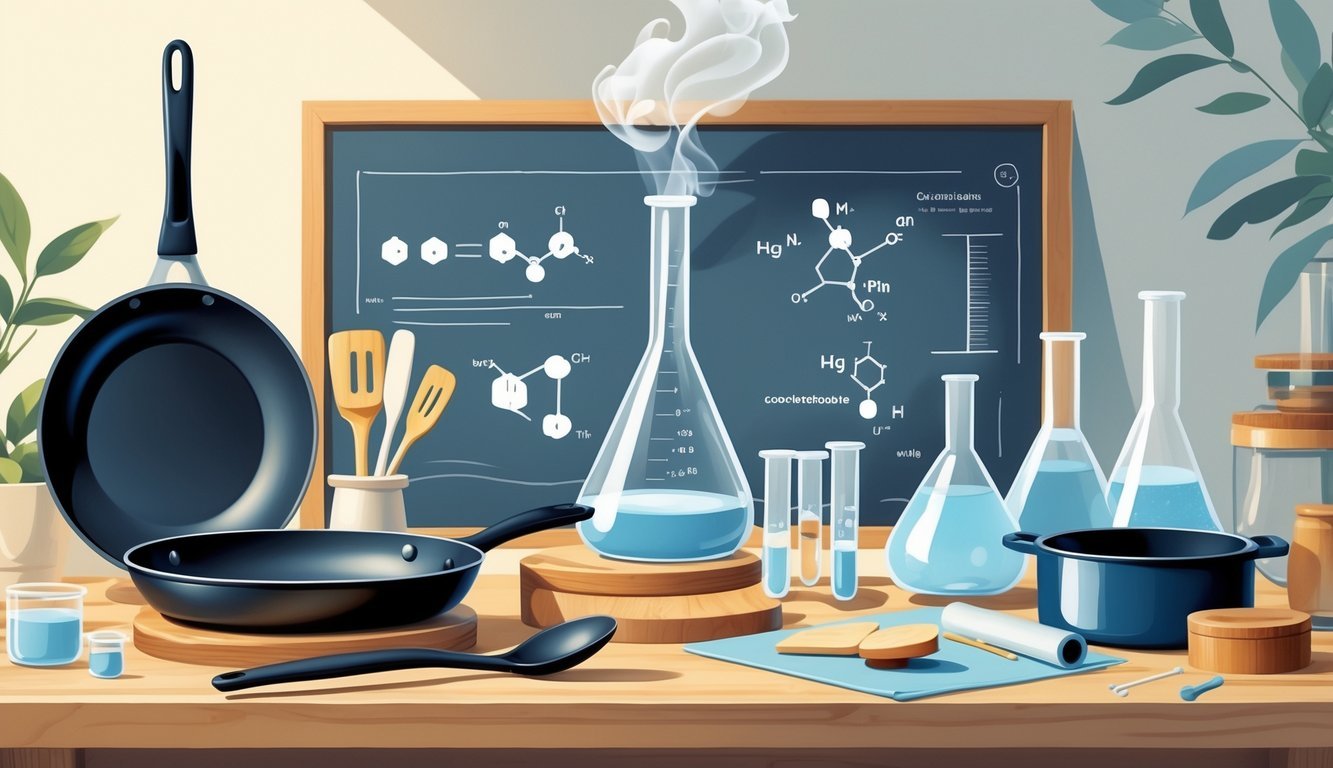
If you’ve ever cooked with a non-stick pan, then you’ve used Teflon. Most people don’t realize it actually came about by accident.
Back in 1938, chemist Roy Plunkett tried to create a new refrigerant. Out of nowhere, a gas canister changed into this weird, white, slippery solid.
He noticed the stuff didn’t stick to anything and could handle heat surprisingly well. That made it a dream for cookware where food usually glues itself to the surface.
These days, Teflon pops up in fabric protectors, and even in parts of spacecraft. Kinda wild how one lucky mistake can make kitchens cleaner and life just a bit easier, right?